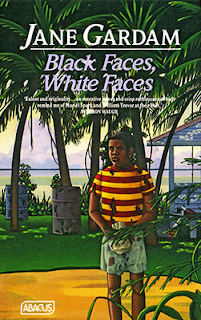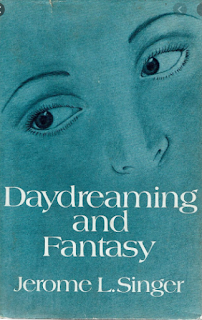The Owl Service is a modern classic, first published the year after I was born. I remember seeing it on the classroom shelf at one of my primary schools, but I didn't pick it up; I had some confused idea that the owl service must involve a squadron of owls delivering messages, like the postal service, which didn't appeal to me particularly. I'd never come across the word 'service' to denote a set of plates.
The novel is a retelling of a Welsh myth, a love triangle centring on a woman made of flowers, made into an owl. The tragic triangle pattern has recurred in the valley in every generation since (I didn't realise until this re-reading how this idea had influenced my own book, Crow Country), but in this incarnation, it's also tangled in class and wealth (not the same thing) as well as culture. Alison, Roger and Gwyn find themselves in the grip of the myth as the book unfolds, with really creepy touches -- the scrabbling in the roof, the recurring noise of a motorbike, the smell of petrol, the disappearing paper owls, the shadowy figure in a photograph. It's brilliantly done, not a word wasted, with Garner beginning to hone his elliptical style. One character, Alison's mother, never actually appears on the page, though she hovers over the action throughout.
The first time I read this book as a teen, without the benefit of the internet, I found it hard to visualise the pattern on the plates which could be read as flowers or owls. Here is an image of the plate that inspired the story:
And here is an example of the paper model owls that Alison compulsively makes:
The book was adapted into a TV series (which I've not seen) a couple of years after publication, and apparently there were creepy incidents on set. The actor who played Gwyn was killed in a pub fight a few years later, and Alan Garner himself suffered a mental breakdown during the filming.
The Owl Service is a spooky, disturbing story, a masterclass in spare, powerful writing. Genius.






















